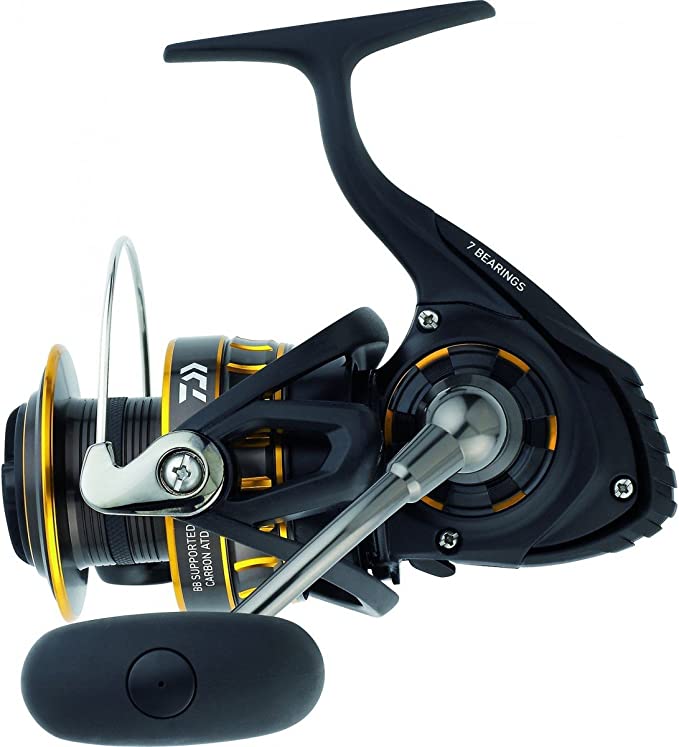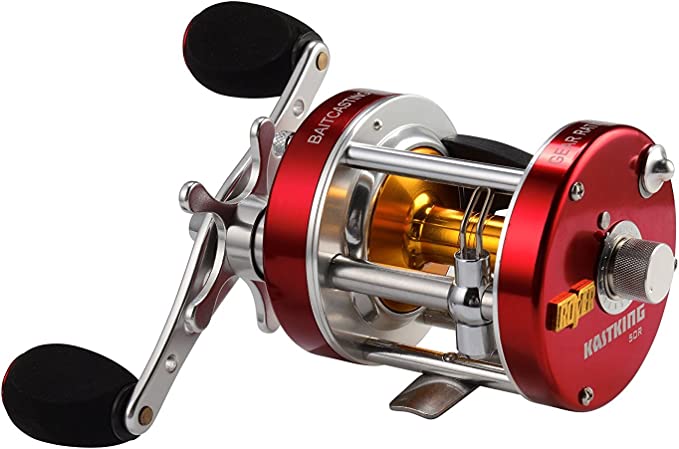The Physics of the Micro-Galley: Mastering Thermodynamics in RV Gas Ranges
Update on Nov. 19, 2025, 10:18 a.m.
Cooking in a recreational vehicle is often romanticized as a campfire experience brought indoors. However, from an engineering perspective, it represents a complex challenge in thermodynamics and spatial constraints. The transition from a residential kitchen to a mobile galley involves shrinking the cooking volume by nearly 70%, yet the physics of combustion and heat transfer remain absolute.
The AMZCHEF HCK173-22A1 RV Gas Range serves as a prime specimen to examine these challenges. By analyzing its BTU output, material composition, and oven geometry, we can decode why RV cooking requires a different approach and how to leverage physics to achieve culinary precision on the road.

The BTU Equation: Energy Density in Small Spaces
Combustion is the rapid oxidation of fuel—in this case, Propane ($C_3H_8$). When mixed with oxygen, it releases thermal energy. * The Output: The AMZCHEF unit delivers a total of 28,100 BTUs (British Thermal Units). * The Distribution: An 8,000 BTU main burner and two 6,500 BTU auxiliary burners.
In a residential kitchen, 8,000 BTU is a standard medium burner. In an RV, it is a powerhouse. The challenge isn’t generating heat; it’s managing Heat Flux. Because the cookware is often smaller and the ventilation less robust in an RV, the energy density at the cooking surface is higher. This requires the chef to adjust their technique—searing happens faster, but so does burning. The physics of the Venturi Effect in the burner tubes ensures the correct air-to-fuel ratio for a clean blue flame, minimizing carbon monoxide production—a critical safety factor in confined spaces.
The Oven Paradox: Radiant vs. Convective Heat
The most common complaint with RV ovens, as echoed by user Karen Porter (“bottom burnt”), is uneven baking. This is not necessarily a defect of the appliance but a consequence of geometry.
In a large home oven, Convection (air movement) dominates. There is ample space for hot air to circulate evenly around the food.
In a compact 1.24 cu.ft. oven like the AMZCHEF, the food sits perilously close to the burner plate.
* The Physics: The proximity creates a zone of intense Radiant Heat directly below the baking rack. The bottom of the food receives energy via radiation (direct line-of-sight from the hot metal floor) much faster than the top receives energy via convection.
* The Result: A burnt crust and an undercooked center.
* The Solution (Thermal Mass): Users can hack the physics by introducing a Thermal Mass, such as a pizza stone or unglazed ceramic tiles, on the bottom rack. This mass absorbs the high-intensity radiant energy and re-emits it slowly and evenly, mimicking the thermal profile of a brick oven and stabilizing the erratic temperature swings noted by user Roy E. Damrill.

Material Science: Stainless Steel and Enamel
The mobile environment is harsh. Vibration, humidity fluctuations, and road salt attack metals. * Stainless Steel: The exterior utilizes stainless steel, likely a 304 or 430 grade. The chromium content forms a passive oxide layer that heals itself in the presence of oxygen, preventing rust. * Enamel Coating: The oven interior is coated in enamel (fused glass powder). This provides a non-porous surface that resists chemical attack from acidic food spills. More importantly, enamel has high emissivity, meaning it efficiently radiates absorbed heat back into the oven cavity, aiding in the overall thermal efficiency.
Human Factors Engineering: The Safety Interface
In a moving vehicle, safety systems must be redundant. The AMZCHEF incorporates a visual feedback loop into the control knobs. * Blue vs. Red: The LED indicators (Blue for standby, Red for active gas flow) utilize Cognitive Ergonomics. In a small space, the noise of the AC or road might mask the sound of a burner hissing. A bright red light cuts through the noise, providing an immediate visual warning that the gas valve is open.
Furthermore, the system likely relies on Thermocouples for flame failure protection. This simple yet vital device uses the Seebeck effect: heat from the flame generates a millivolt current that holds the gas valve open. If the flame blows out (a common occurrence with RV drafts), the thermocouple cools, the current stops, and the valve snaps shut mechanically. It is fail-safe physics.

Integration and Retrofitting
Replacing a legacy unit (like the “Lippert/Greystone” mentioned by user Eric & Kim) involves understanding the Installation Envelope. The 17-inch vertical profile is a standard RV form factor, but the “fit” is about more than dimensions. * Vibration Damping: The “damped dust-proof glass cover” isn’t just for cleanliness; it acts as a vibration damper during transit, preventing the annoying rattle of metal grates that plagues many RV owners. * Electrical Integration: User Michael noted the short 12V wires. In a DC electrical system, voltage drop is a concern. While the ignition and lights draw minimal current, secure, low-resistance connections are vital to prevent intermittent failures caused by road vibration.

Conclusion: The Engineered Hearth
The AMZCHEF HCK173-22A1 is more than a stove; it is a specialized tool for a kinetic lifestyle. It acknowledges the constraints of the RV environment—limited space, vibration, and safety risks—and addresses them through material choice and thermal engineering. For the user, mastering this appliance is not about following a recipe, but about understanding the unique thermodynamics of the micro-galley. By respecting the power of radiant heat and the necessity of thermal mass, the RV kitchen transforms from a place of compromise to a zone of culinary capability.




















